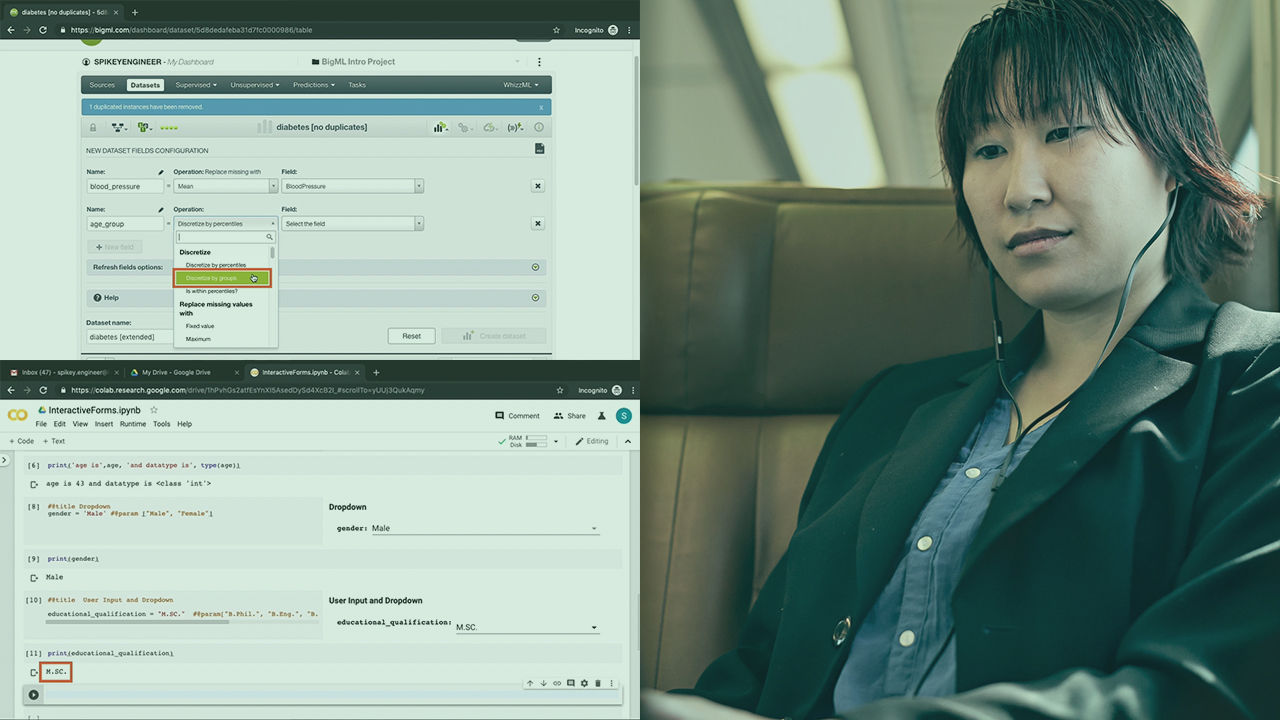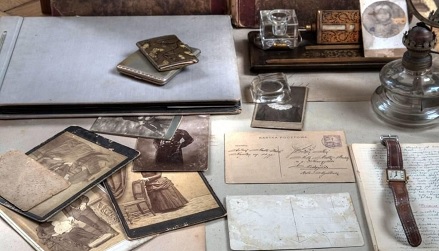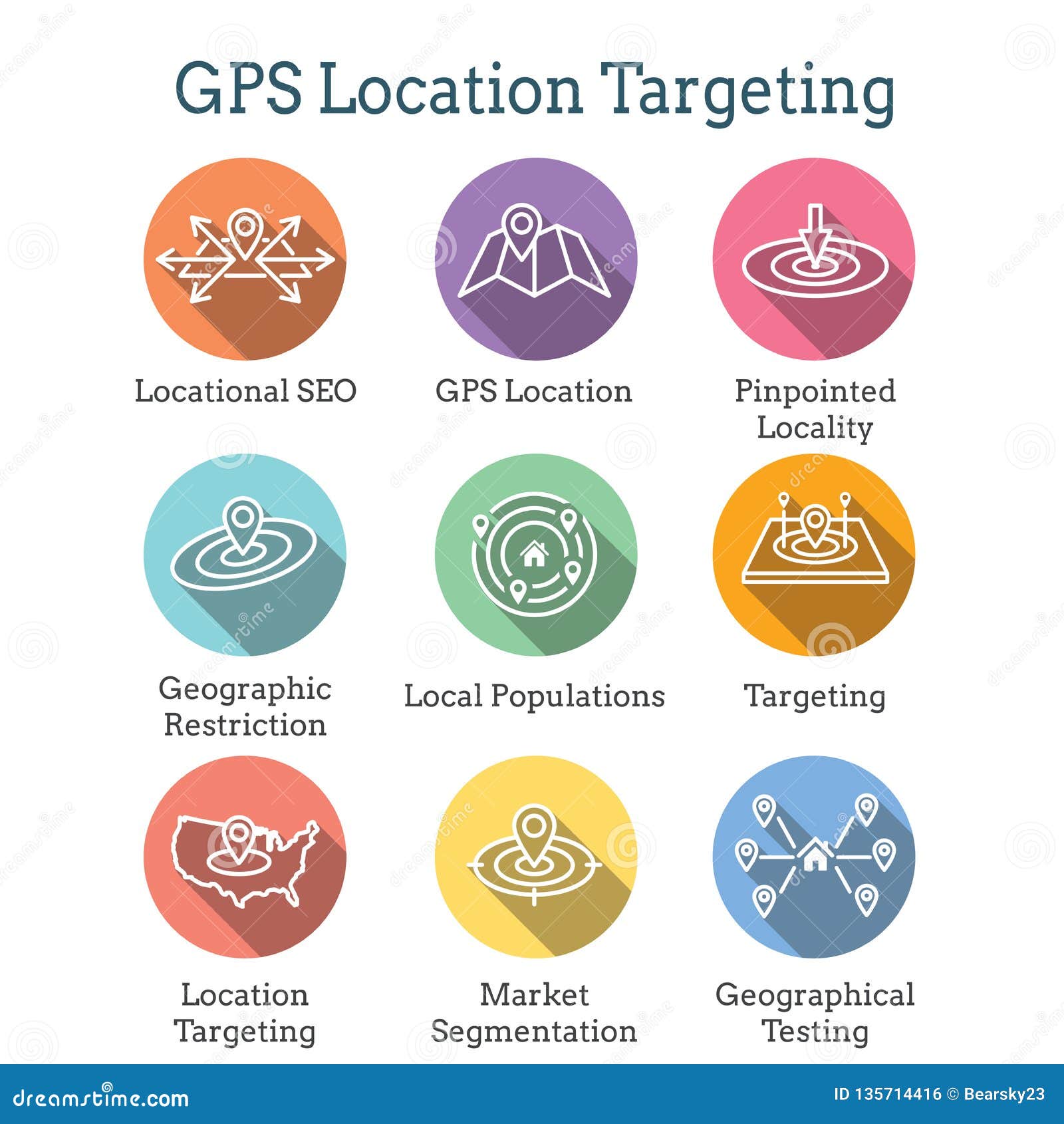The Art of Reverse Image Search
Reverse image search is a powerful technique used to identify the location of a photo. By uploading or linking an image to a search engine, users can uncover a wealth of information about the image, including its origin, usage, and location. This technique is particularly useful when trying to answer the question “where is this pic from?”
Reverse image search engines, such as Google Images and TinEye, use complex algorithms to analyze the image and match it to similar images in their databases. This process can help identify the location of a photo by matching it to images that have been previously tagged or labeled with location information.
For example, if you’re trying to identify the location of a photo of a famous landmark, a reverse image search can help you find similar images that have been labeled with the landmark’s name and location. This can be a useful starting point for further research and can help you narrow down the search.
In addition to identifying the location of a photo, reverse image search can also be used to detect image manipulation and verify the authenticity of an image. By analyzing the image’s metadata and matching it to similar images, reverse image search engines can help identify if an image has been altered or manipulated in any way.
Overall, reverse image search is a powerful tool that can be used to uncover a wealth of information about an image, including its location. By using this technique, users can gain a deeper understanding of the image and its context, and can even use it to answer the question “where is this pic from?”
Using Visual Clues to Identify a Location
When trying to determine where a picture is from, visual clues can be a powerful tool. Landmarks, architecture, and cultural symbols can all provide valuable hints about the location of a photo. By carefully examining the image and looking for these visual cues, it’s often possible to narrow down the search and make an educated guess about the location.
For example, if a photo features a distinctive landmark like the Eiffel Tower or the Taj Mahal, it’s likely that the picture was taken in Paris or India, respectively. Similarly, if a photo shows a building with a unique architectural style, such as a Japanese pagoda or a Spanish mission, it may be possible to identify the location based on the style of the building.
Cultural symbols can also provide valuable clues about the location of a photo. For instance, if a picture features a statue of a famous historical figure or a traditional cultural icon, it may be possible to identify the location based on the symbol. Additionally, clothing, food, and other cultural artifacts can also provide hints about the location of a photo.
When searching for visual clues, it’s essential to examine the image carefully and look for any distinctive features that might provide a hint about the location. This can include things like road signs, license plates, or other environmental features that might be specific to a particular region or country.
By using visual clues, it’s often possible to make an educated guess about the location of a photo, even if the image doesn’t provide any explicit information about where it was taken. This can be a fun and challenging puzzle to solve, and can help to uncover the mystery of where a picture is from.
So, the next time you’re trying to figure out where a picture is from, take a closer look at the visual clues in the image. You might be surprised at how much information you can glean from a careful examination of the photo. And who knows, you might just be able to solve the mystery of where the picture is from.
https://www.youtube.com/watch?v=6spWj7Ol3x0
Leveraging Online Tools and Resources
When trying to identify the location of a photo, online tools and resources can be a valuable asset. One of the most powerful tools for reverse image search is Google Images. By uploading the image or entering the image URL, Google Images can search for similar images and provide information about the location where the photo was taken.
Another useful tool is TinEye, a reverse image search engine that can help identify the location of a photo by searching for similar images across the web. TinEye also provides information about the image, including the website where it was found and the date it was uploaded.
Flickr is another online resource that can be used to identify the location of a photo. By searching for similar images on Flickr, users can find photos that were taken in the same location and get information about the location from the photo’s metadata.
In addition to these tools, there are also several online platforms that can help identify the location of a photo. For example, GeoGuessr is a online game that uses Google Street View to drop players into a random location and challenge them to guess where they are. While not specifically designed for identifying the location of a photo, GeoGuessr can be a useful tool for getting a sense of what a particular location looks like.
When using online tools and resources to identify the location of a photo, it’s essential to use them in combination with other techniques, such as visual clues and image metadata. By combining these different approaches, users can increase their chances of successfully identifying the location of a photo.
For example, if a user is trying to identify the location of a photo using Google Images, they can also use visual clues such as landmarks or cultural symbols to help narrow down the search. By combining these different approaches, users can get a more accurate result and increase their chances of successfully identifying the location of a photo.
Overall, online tools and resources are a powerful asset when trying to identify the location of a photo. By using these tools in combination with other techniques, users can increase their chances of successfully identifying the location of a photo and uncover the mystery of where the picture is from.
The Power of Social Media and Crowdsourcing
Social media and crowdsourcing can be a powerful combination when trying to identify the location of a photo. By sharing the image on platforms like Twitter, Instagram, and Reddit, users can tap into the collective knowledge of the online community and gather information about the location of the photo.
Twitter, for example, is a great platform for crowdsourcing information about a photo. By sharing the image and asking the question “where is this pic from?”, users can get responses from people all over the world who may have knowledge about the location. Twitter’s hashtag system also makes it easy to categorize and track conversations related to the photo.
Instagram is another platform that can be used to gather information about a photo. By sharing the image and using relevant hashtags, users can attract the attention of people who may have knowledge about the location. Instagram’s comment system also allows users to engage with others and ask follow-up questions.
Reddit is a community-driven platform that can be used to gather information about a photo. By sharing the image on a relevant subreddit, such as r/photography or r/travel, users can get responses from people who have knowledge about the location. Reddit’s comment system also allows users to engage with others and ask follow-up questions.
Crowdsourcing can be a powerful tool for identifying the location of a photo because it allows users to tap into the collective knowledge of the online community. By sharing the image and asking for help, users can get responses from people all over the world who may have knowledge about the location.
When using social media and crowdsourcing to identify the location of a photo, it’s essential to be clear and concise in the question being asked. By providing as much information as possible about the photo, users can increase their chances of getting a accurate response. It’s also important to engage with others and respond to comments and messages in a timely manner.
Overall, social media and crowdsourcing can be a powerful combination when trying to identify the location of a photo. By tapping into the collective knowledge of the online community, users can gather information and get help from others to uncover the mystery of where the picture is from.
Image Metadata: A Hidden Treasure Trove of Information
Image metadata is a treasure trove of information that can be used to identify the location of a photo. Metadata is data that is embedded in an image file, and it can include information such as the camera settings, date and time the photo was taken, and even the location where the photo was taken.
One of the most useful types of metadata for identifying the location of a photo is GPS data. Many modern cameras and smartphones have built-in GPS capabilities, which allow them to embed GPS coordinates into the image metadata. This information can be used to pinpoint the exact location where the photo was taken.
To access image metadata, users can use a variety of tools and software. One popular option is Adobe Bridge, which is a free program that allows users to view and edit image metadata. Another option is ExifTool, which is a free online tool that allows users to view and extract image metadata.
When interpreting image metadata, it’s essential to understand what each piece of information means. For example, the “camera” metadata field may indicate the type of camera used to take the photo, while the “date” metadata field may indicate the date and time the photo was taken. By understanding what each piece of information means, users can use image metadata to identify the location of a photo.
In addition to GPS data, image metadata can also include other information that can be used to identify the location of a photo. For example, the “city” or “country” metadata fields may indicate the location where the photo was taken. By combining this information with other clues, such as visual clues and online research, users can increase their chances of identifying the location of a photo.
Overall, image metadata is a valuable resource for identifying the location of a photo. By understanding what metadata is and how to access and interpret it, users can use this information to uncover the mystery of where a picture is from.
When trying to identify the location of a photo, it’s essential to consider all the available information, including image metadata. By combining this information with other clues, such as visual clues and online research, users can increase their chances of successfully identifying the location of a photo and answering the question “where is this pic from”.
Geolocation and GPS Coordinates: The Ultimate Location Identifier
Geolocation and GPS coordinates are the ultimate location identifiers when it comes to identifying the location of a photo. Geolocation refers to the process of determining the location of a device or image based on its GPS coordinates. GPS coordinates are a set of numbers that represent the latitude and longitude of a location on the Earth’s surface.
Many modern cameras and smartphones have built-in GPS capabilities, which allow them to embed GPS coordinates into the image metadata. This information can be used to pinpoint the exact location where the photo was taken. Online tools such as GeoSetter and GPS-Photo Link can be used to extract GPS coordinates from an image and display the location on a map.
To use geolocation and GPS coordinates to identify the location of a photo, users can follow these steps:
1. Check the image metadata for GPS coordinates. This information can usually be found in the image’s EXIF data.
2. Use an online tool such as GeoSetter or GPS-Photo Link to extract the GPS coordinates from the image.
3. Enter the GPS coordinates into a mapping service such as Google Maps or OpenStreetMap to display the location on a map.
4. Use the map to identify the location where the photo was taken. This can be done by looking at the surrounding landmarks, roads, and other features.
Geolocation and GPS coordinates are a powerful tool for identifying the location of a photo. By using these techniques, users can pinpoint the exact location where a photo was taken and answer the question “where is this pic from”.
In addition to geolocation and GPS coordinates, users can also use other online tools and resources to identify the location of a photo. For example, online mapping services such as Google Maps and OpenStreetMap can be used to display the location of a photo on a map. Social media platforms such as Twitter and Instagram can also be used to gather information and get help from others.
By combining geolocation and GPS coordinates with other techniques and tools, users can increase their chances of successfully identifying the location of a photo and uncovering the mystery of where a picture is from.
Putting it all Together: A Step-by-Step Guide
Now that we’ve discussed the various techniques and tools for identifying the location of a photo, let’s put it all together with a step-by-step guide.
Step 1: Examine the Photo
Start by carefully examining the photo for any visual clues that may indicate the location. Look for landmarks, architecture, cultural symbols, and other distinctive features that may help narrow down the search.
Step 2: Use Reverse Image Search
Use online tools such as Google Images, TinEye, or Flickr to perform a reverse image search. This can help identify the location of the photo by matching it to similar images online.
Step 3: Check Image Metadata
Check the image metadata for any information that may indicate the location. This can include GPS coordinates, camera settings, and other data that may be embedded in the image.
Step 4: Use Geolocation and GPS Coordinates
If the image metadata includes GPS coordinates, use online tools such as GeoSetter or GPS-Photo Link to extract the coordinates and display the location on a map.
Step 5: Leverage Social Media and Crowdsourcing
Share the photo on social media platforms such as Twitter, Instagram, or Reddit, and ask for help from others in identifying the location. This can be a powerful way to gather information and get feedback from a large community of people.
Step 6: Analyze the Results
Analyze the results from the various techniques and tools, and use the information to narrow down the search. By combining the different approaches, you can increase your chances of successfully identifying the location of the photo.
By following these steps, you can use the techniques and tools discussed in this article to identify the location of a photo and answer the question “where is this pic from”. Remember to be patient and persistent, and don’t be afraid to try different approaches until you find the solution.
Conclusion: The Thrill of the Hunt
Identifying the location of a photo can be a thrilling adventure, and with the right techniques and tools, anyone can become a detective and uncover the mystery of where a picture is from. In this article, we’ve explored the various methods and resources available for identifying the location of a photo, from reverse image search and visual clues to social media and crowdsourcing.
By using these techniques and tools, you can increase your chances of successfully identifying the location of a photo and answering the question “where is this pic from”. Whether you’re a professional photographer, a travel enthusiast, or simply someone who loves solving puzzles, identifying the location of a photo can be a fun and rewarding experience.
So, the next time you come across a photo and wonder where it was taken, don’t be afraid to try out the techniques and tools discussed in this article. With a little patience and persistence, you can uncover the mystery of the photo’s location and enjoy the thrill of the hunt.
Remember, identifying the location of a photo is not just about finding the answer, it’s about the journey and the process of discovery. It’s about exploring new places, learning about different cultures, and appreciating the beauty of the world around us.
So, go ahead and start your own photo detective journey today. With the right techniques and tools, you can uncover the mystery of any photo and enjoy the thrill of the hunt.






